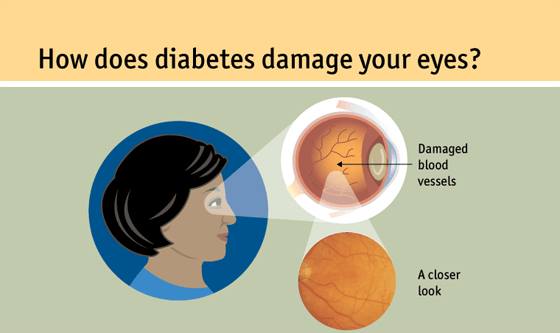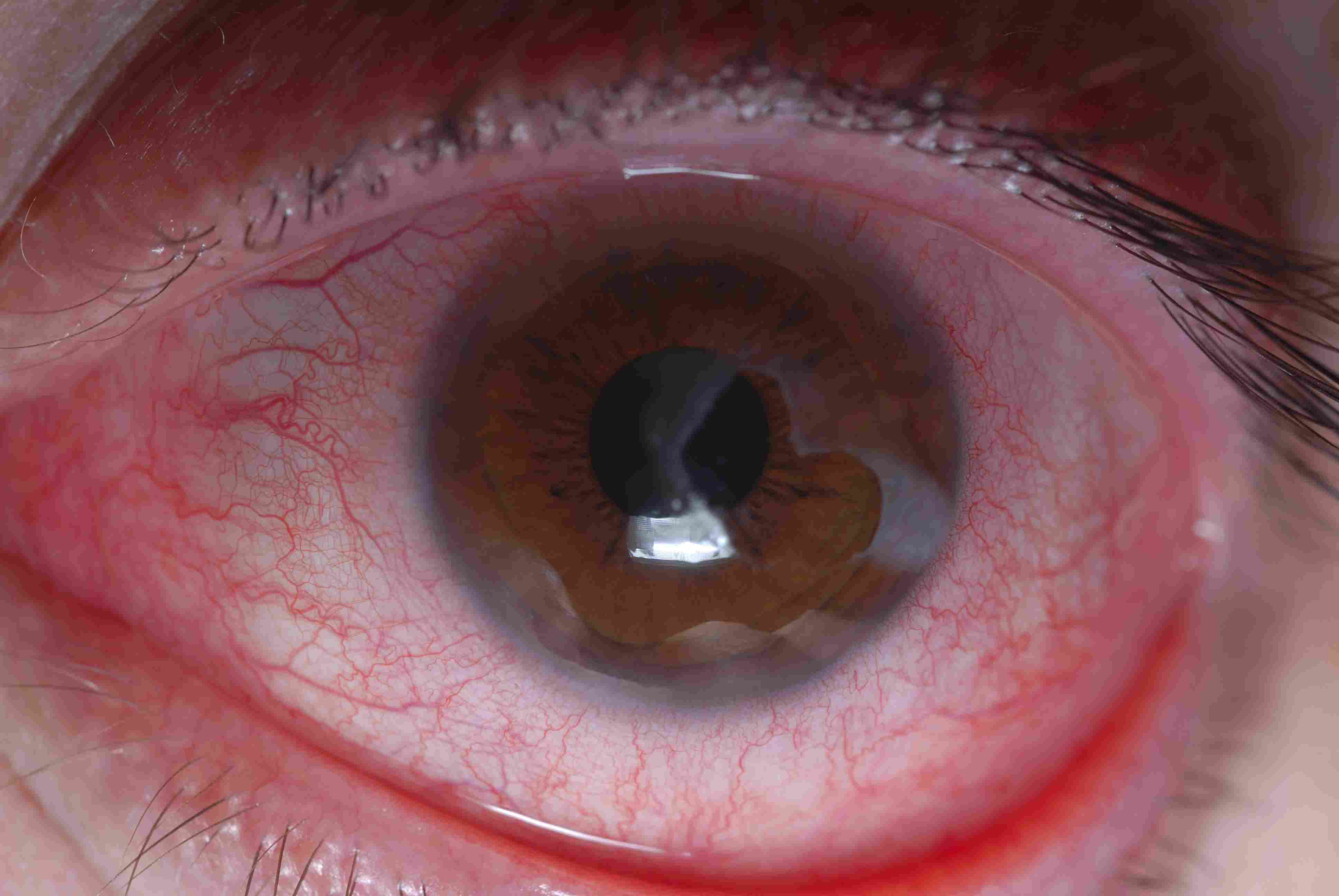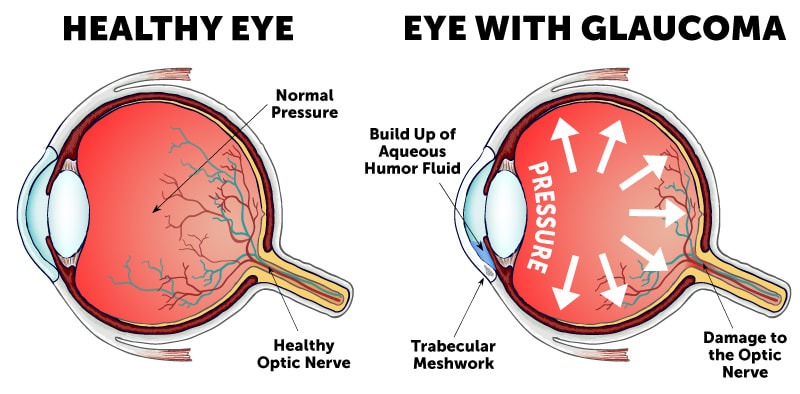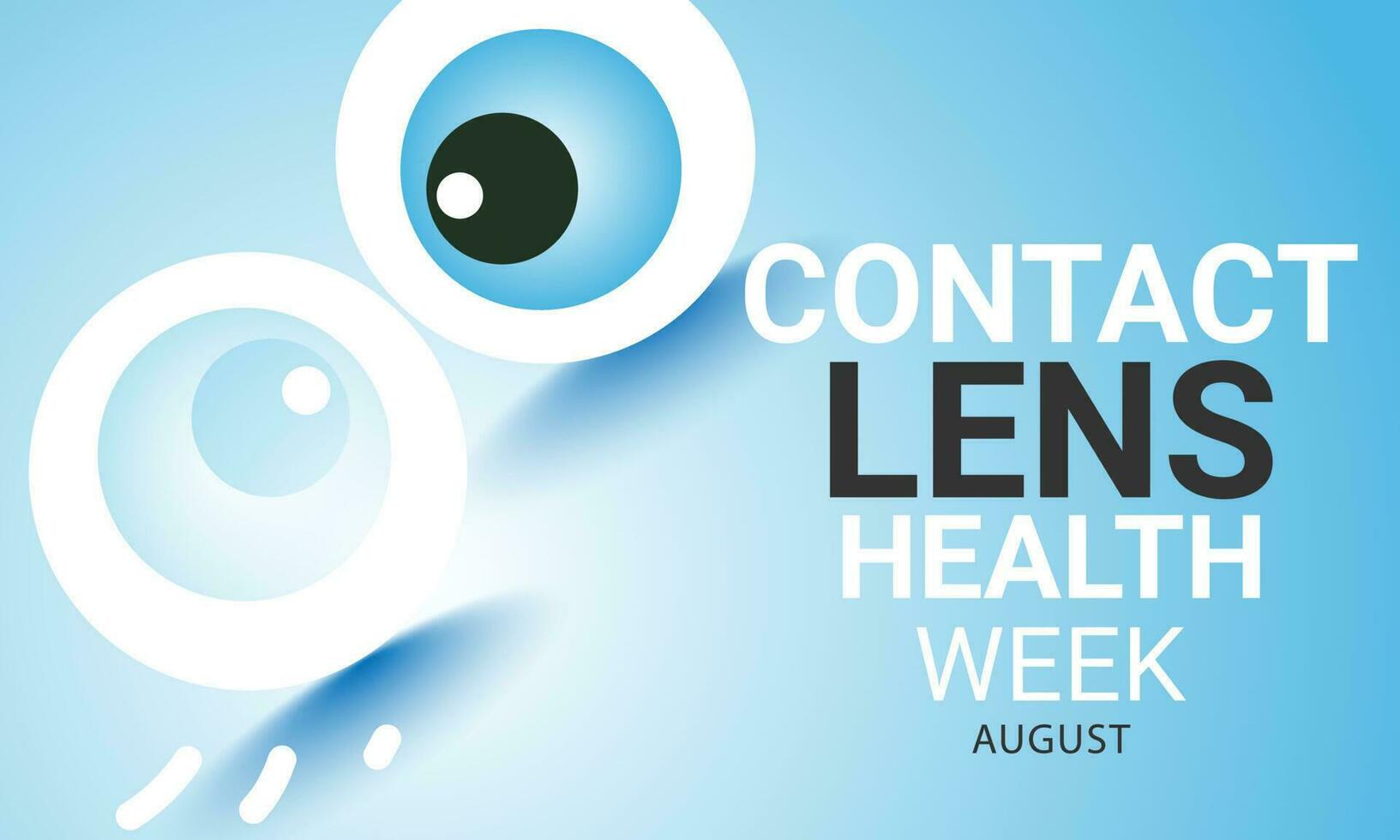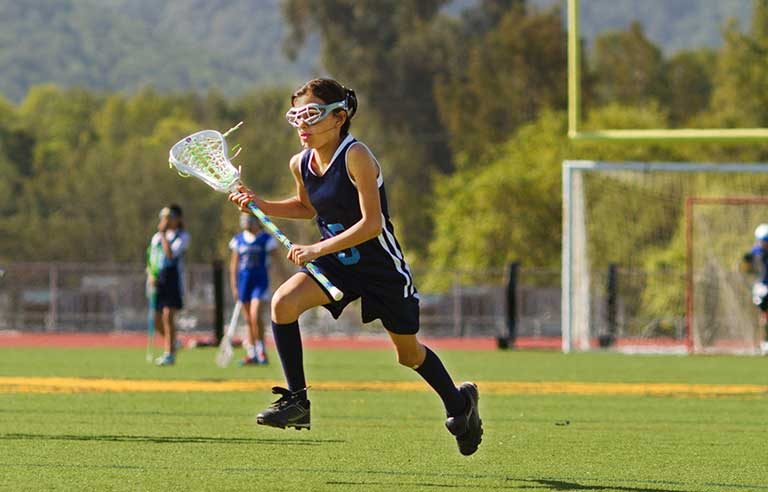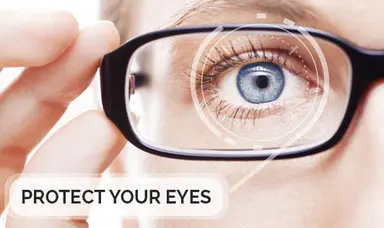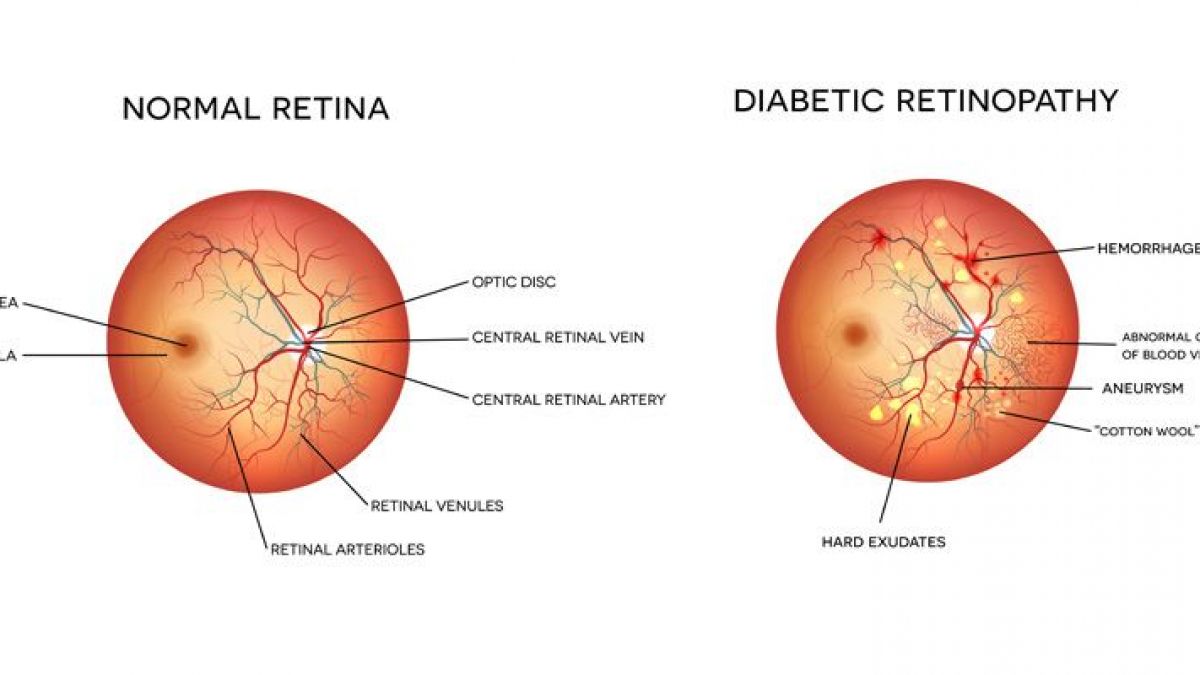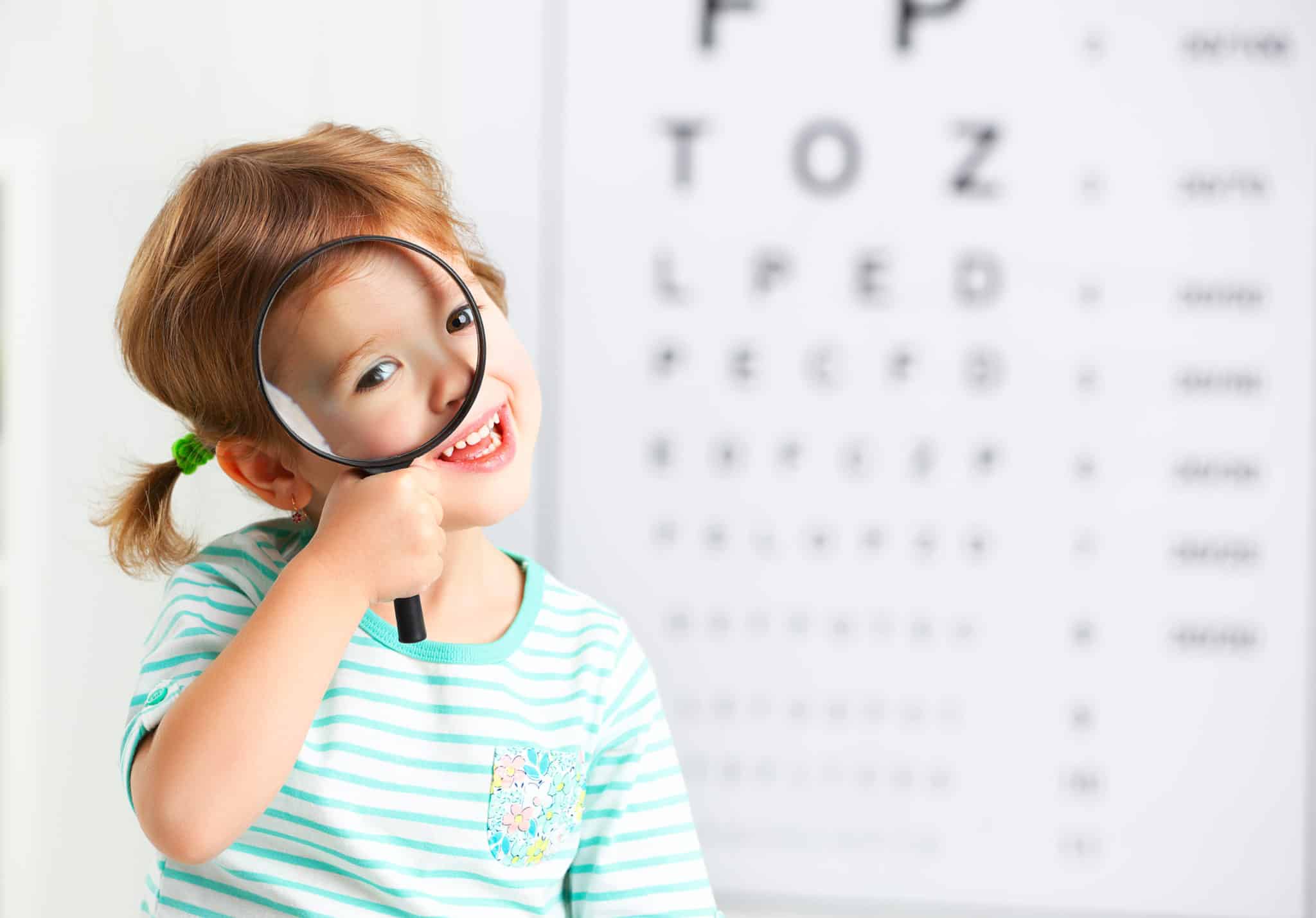Strabismus (Squint) Treatment in Delhi
STRABISMUS (CROSSED EYES): TYPES, CAUSES, AND TREATMENT OPTIONS
WHAT IS STRABISMUS?
Strabismus, also called wall eye, squint, or crossed eyes, is a condition in which the two eyes are not properly aligned and fail to work as a team when looking at an object. According to the American Association for Pediatric Ophthalmology and Strabismus, approximately 4% of the US population has strabismus.
TYPES OF STRABISMUS
There are many different types of strabismus, but they can be broadly divided as follows:
Exotropia
This type of strabismus is also called as wall-eyed. In Exotropia, one eye views at the object directly, and the other eye turns outward away from the nose.
Esotropia
This type of strabismus is also referred to as crossed eyes or cross-eyed. In Esotropia, one eye looks at the object directly, and the other turns inward toward the nose.
Hypotropia
Hypotropia is a type of strabismus, where one eye looks directly at the object while the other turns vertically downward.
CAUSES OF CROSSED EYES (STRABISMUS)
What causes strabismus?
Each eye is made up of six external muscles (known as the extraocular muscles). These muscles control the eye position and its movement. In a normal binocular vision, these muscles of both the eyes must be coordinated perfectly.
Certain anatomical or neurological problems can interfere with the proper functioning of the extraocular muscles, thus causing strabismus. These problems can originate in the nerves or in the muscles itself. They can also occur in the vision centers in the brain that control the binocular vision.
Strabismus can also occur due to eye injuries or general health conditions.
SIGNS AND SYMPTOMS OF STRABISMUS
If you have strabismus, your eyes point outward or inward or focus in different directions. Other symptoms may include:
- Impaired vision
- Eyes that do not move together
- Decreased depth perception
- Asymmetric points of reflection in each eye
- Double vision
- Squinting with only one eye
- Eyestrain or headache
- Tilting the head to one side
STRABISMUS TREATMENT OPTIONS
There are several treatment options for crossed eyes. They include:
Eyeglasses or Contact Lenses:
For some people, contact lenses and eyeglasses may be the only treatment needed.
Prism Lenses:
In prism lenses, one is thicker than the other. The prisms reduce the turning of the eye to view an object by altering the light entering it. Prisms can sometimes eliminate eye turning completely.
Vision Therapy:
Your eye doctor may prescribe a series of visual activities that can improve your eye coordination and eye focusing. These eye exercises reduce the problems with eye focusing, eye movement, and improve the eye-brain connection for effective eye teaming. These eye exercises can also be done at home.
Eye Muscle Surgery:
The length or position of the eye muscles can be made to appear straight through eye muscle surgery. Usually, vision therapy is prescribed for patients after the surgery to prevent the eyes from becoming misaligned again and to improve eye coordination.
The doctors at Neera Eye Center are the most experienced ophthalmologists in Delhi that provide the best services and treatment options for strabismus and other eye problems.



